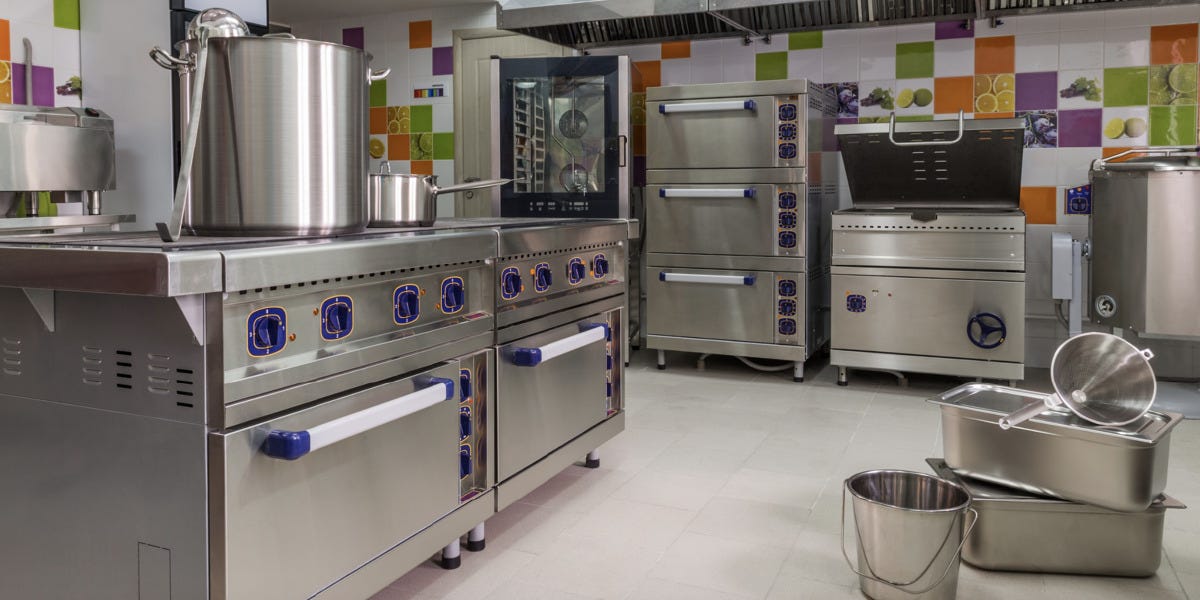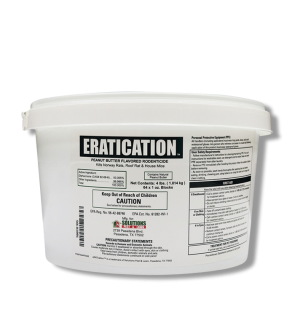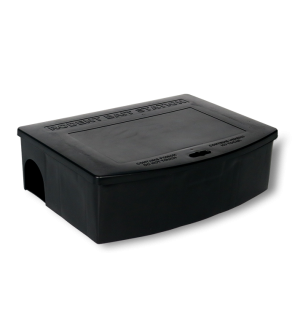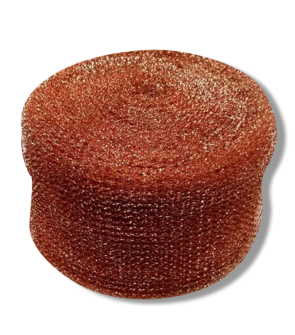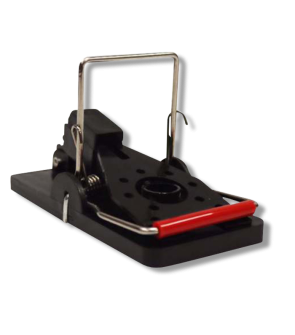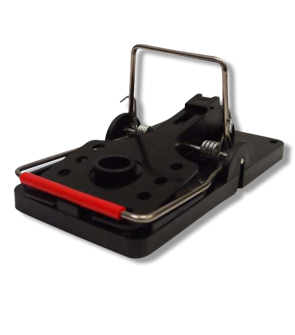Rodents in Commercial Kitchen
Most Effective Products
Common Rodents in Commercial Kitchens
Mice and rats are common pests of buildings with commercial kitchens. But pretty soon, they seem to be taking over - moving into food packaging, chewing through wires and food, defecating throughout the building, and nesting in ovens and other areas.
Once inside, they quickly multiply and spread harmful bacteria inside heating ducts, food preparation surfaces, and on appliances used for cooking. At the same time, these pests can severely impact the building integrity, reputation, and business itself.
Any industry handling food has the obligation to protect the health of the public and employees. To take on active anti-rodent measures to keep food safe for consumption, then learn more about these pests and how to get rid of them with our professional article.
All state, federal, food, and healthcare regulations and legislations must still be followed in your region.
If you are not seeing a pest listed here then contact our customer service team by phone, email, or in-person at one of our store locations for professional recommendations.
Identification

For a visual representation look at the image above: On the left is the house mice, the middle is the Norway rat, and on the right is the roof rat.
Common rodents to invade commercial kitchens are house mice, Norway rat, and roof rat.
House Mice typically measure 3-4 inches long and have a hairless tail that is 2-4 inches long. Fur color varies from gray, light brown, to black with a white underbelly. Ears are large and rounded. Eyes are small and dark colored.
Norway rats are large rodents that measure 16 inches in body and have 8 inch long semi-hairy tails. Fur is more shaggy and colored gray or brown. Bellies are a gray or grayish brown. Its ears and eyes are small. Nose is blunt.
Roof rats are long and thin rodents that measure up to 16 inches long in body and its tail 6-8 inches in total length. Fur is smooth in appearance and has a gray to brown coloration with a dark streak down the middle of the back.
Bellies are white, gray, or black. Eyes are large. Its noses are pointed and the ears are big and long.
Inspection
 Rats and mice are attracted to food supplies in your commercial kitchen so look around areas where these items are stored or prepared.
Rats and mice are attracted to food supplies in your commercial kitchen so look around areas where these items are stored or prepared.
This could be under or behind refrigerators and stoves, spaces between floorboards, and in drawers, pantries, supply closets, delivery areas, garbage cans, cabinets, cardboard boxes, or other appliances.
Look for damaged food packaging, gnaw marks on furniture and equipment, droppings, and grease marks on walls.
Treatment
Step 1: Secure Food and Water

When it comes to rodent control in commercial kitchens, the first thing to do is to eliminate excessive food and water.
Leftover food residue on any surface in your commercial kitchen and areas around it are enticing to rodents. Which is why cleaning is necessary to remove food scraps and stagnant water each day.
Seal trash containers inside and outside of commercial kitchens with a secure lid and don’t wait too long to take it outside. If possible, move dumpsters and trash cans away from your building foundation to prevent attracting rodents.
The same goes for food kept in your commercial kitchen. Promptly check expiration and receiving dates to lessen food odor, which rodents can also follow into commercial kitchens.
Vacuum, sweep, or mop the floors throughout your commercial kitchen and building so there are no food remains leftover for rodents to feed on.
Replace all plastic food bags and cardboard boxes with a sealable plastic container since rodents cannot gnaw through these surfaces easily.
After cooking is done for the day, leaving dishes to dry or soak overnight is not the best idea. Leaving dirty or wet dishes in the sink or washer can invite rodents. Drain and dry these sites each night when commercial kitchen tasks are complete.
Be sure to also dry off floors, under appliances, walls, and around appliances to limit moisture. Any leakage around pipes will need to be addressed.
Step 2: Declutter

In a commercial kitchen, its easy for rodents to take shelter with the closeness of appliances, food packaging, and cabinets.
A clean and organized commercial kitchen with no excessive storage containers and objects minimizes rodent temptation.
Rodents are apprehensive pests that like to travel close to the wall for protection. Any objects that can be pulled away from the wall will help to limit their ability to travel.
Step 3: Keep Up With Traps
 This one might be obvious, but the easiest and most dependable way to control rodents in commercial kitchens is to use snap traps.
This one might be obvious, but the easiest and most dependable way to control rodents in commercial kitchens is to use snap traps.
We recommend using the Solutions Easy Set Rat Trap and Solutions Easy Set Mouse Trap. Both of these products are unique plastic snap traps that have a 90-degree snap feature making it safer and more accurate to capture rats or mice.
When you have determined where rodents are active, you will then load the bait cup on the trap with a suitable bait like peanut butter laced with seeds. Be sure to wear gloves with any rodent control products used.
Pull the upright bar back slowly until it is locked in place.
Place the product up against the wall, along food containers, corners of pantries, cabinets, or rooms, under shelving and furniture, and in other areas where pests are active.
Check the trap periodically and pull back gently on the upright bar to release the rat or mice.
Step 4: Use Baits Outside

Protect and secure the food inside of your commercial kitchen from rats and mice by using rodenticide baits outside of the building.
With most rodenticides, you will need to use a type of tamper-proof bait station like the Solutions Rat and Mouse Bait Station.
Eratication Rodent Bait is a multi-feed anticoagulant bait designed with real peanut butter, seeds, and the active ingredient diphacinone.
While wearing gloves, place 4 to 6 Eratication Rodent Bait Blocks on the metal rods inside the Solutions Rat and Mouse Bait Station. Once you have applied the appropriate amount of bait blocks then lock the station with the included key.
Multiple bait stations should be used as rats and mice can avoid certain areas for a period of time and this will help to solve infestations more quickly with increased bait availability. Solutions Rat and Mouse Bait Stations should have a distance of 20 to 40 feet between each station used.
Within 2 to 4 days rodents will be eliminated. However, keep in mind this is a multi-feed bait meaning that rodents consume the bait over multiple feedings to deliver a lethal dose.
They are used to help prevent rat and mice from becoming shy to the product allowing a majority of the infestation to eat the bait then perish.
Key Takeaways
Is it Normal For Commercial Kitchens to Have Mice or Rats
- Almost every building with a commercial kitchen are prone to rodent infestations.
Which Rodent is in Commercial Kitchen
- The most common rodents to come into your commercial kitchen are house mice, Norway rats, and roof rats.
How to Get Rid of Rats and Mice in Commercial Kitchens
- First thing to do is take trash out and seal all exposed food in a sealable plastic container. Keep the area and sites around it cleaned with regular vacuuming, sweeping, and mopping. Maintain repairs on appliances that are causing moisture and seal all holes you see with proper sealant and copper mesh. Maintain snap traps indoors and use rodenticide baits outdoors during active infestations.
